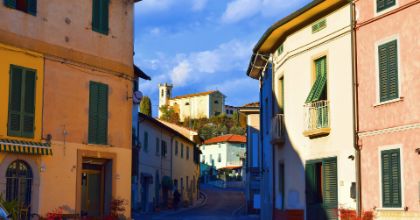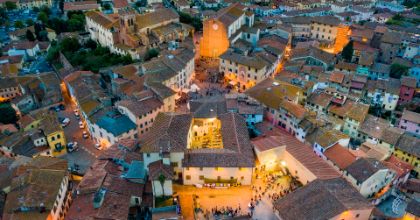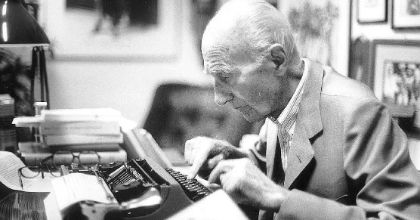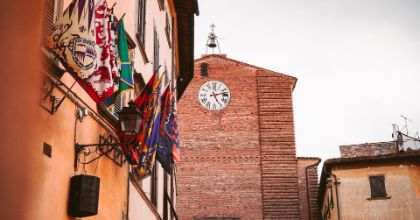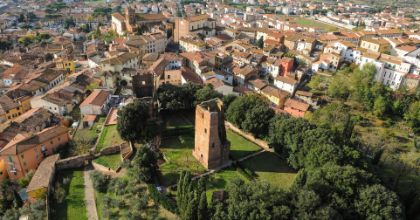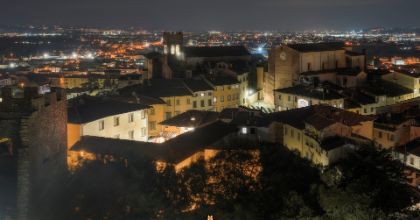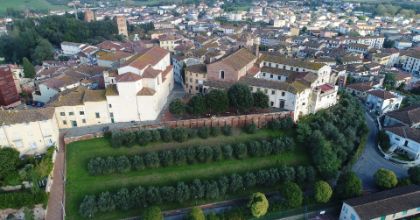Heterogeneous finds from prehistory to the late antiquity
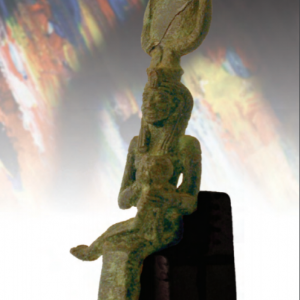
The Lotti archaeological collection was acquired by the Municipality of Fucecchio, at the suggestion of the management of the Civic Museum and thanks to the agreement reached with the lawyer Adriano Lotti and his heirs.
The acquisition plays, within the Museum, a complementary function, also from the educational point of view, to the archaeological section, allowing the visitor to widen his gaze beyond the local documentation to know the ceramic products circulating in the ancient Tyrrhenian area and from these to understand wider historical phenomena.
Formed in Fucecchio, on the initiative of the Lotti family, with material from areas outside the Valdarno, the collection documents some interesting moments of Etruscan pottery production and Mediterranean trade relations, in the long period from the seventh century B.C. to the fifth century A.D...
Among these is the core of Italo-geometric ceramics, produced in Tarquinia or Vulci between the eighth and the first decades of the seventh century BC, with the typical decoration inspired by contemporary Greek productions of Euboea. The Etruscan bucchero vases were produced indifferently in Vulci, Chiusi, Orvieto and Tarquinia between the end of the VII and the first half of the VI sec. a.c.
Of great interest are the two Etruscan-Corinthian olpai, used to contain wine and produced in Vulci between 630 and 540 BC, and inspired by ceramics imported in Etruria from Corinth. The core of black-painted ceramics exemplifies the most widespread tableware in Italy and the western Mediterranean, between the fourth and first centuries BC, produced by many workshops on imitation of Attic products.
A fifth century AD amphora, produced in present-day Tunisia, was used for the maritime transport of oil or fish sauce from the province, and is a type widespread throughout the Mediterranean. Among the bronzes, there are also two examples of Egyptian production: the pendant with the head of the goddess Sekhmet and the singular statuette of the goddess Isis in the act of nursing her son Horus, datable between 600 and 300 BC.
Learn more on museofucecchio.it
